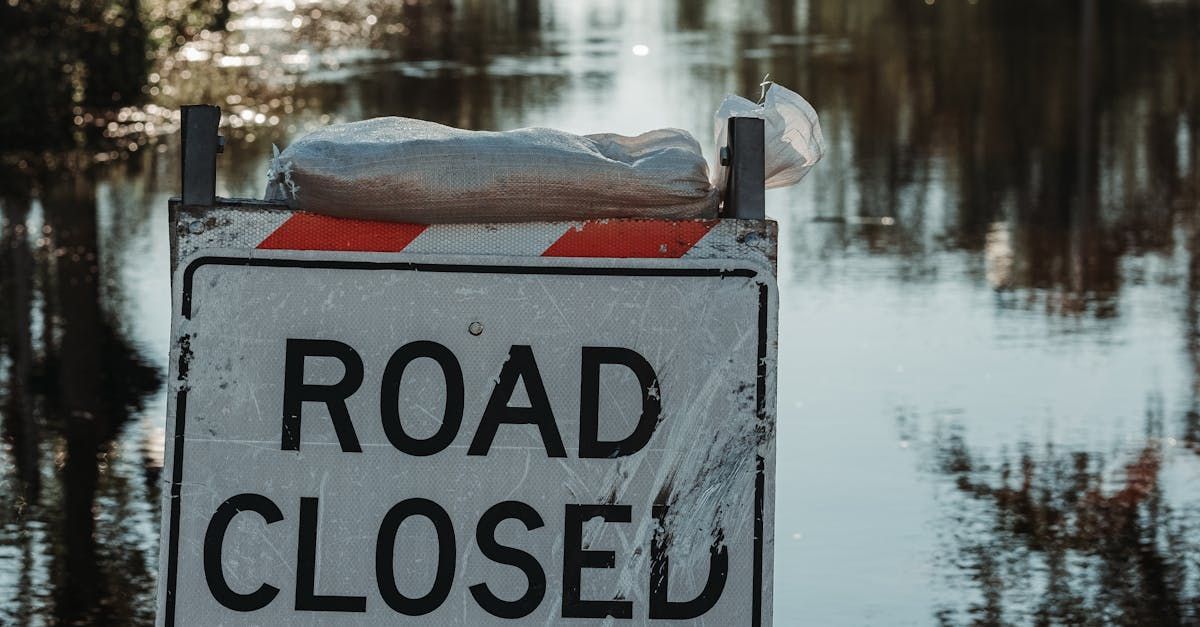EMERGENCY PREPAREDNESS
The Johnson County Community Health Services and partner agencies such as Missouri Department of Health and Senior Services, Johnson County Emergency Management and other public health agencies is dedicated to planning for a variety of situations. Activities such as comprehensive planning, hands-on training and practical simulations help ensure all Johnson County public health workers are knowledgeable and prepared to face any public health emergency. These activities are in support of overall Homeland Security initiatives, such as the Stafford Act, PREP Act and Presidential Policy Directive 8 - National Preparedness and help to build a resilient community that will recover quickly following a disaster.
Define a Public Health Emergency
A public health emergency is an event, either natural or manmade, that poses a significant risk to the health of a population. It can be an occurrence, or an imminent threat of a health condition or illness caused by an infectious agent or biological toxin, an epidemic or pandemic disease and bioterrorism.
Personal and Family Preparedness
No one ever expects that a disaster will impact them. Many people underestimate the possibility of being affected by a disaster until it's too late. However, the following can help prepare for many emergencies:
Emergency Notification
Alerts powered by ReGroup is the official mass notification system used by the Johnson County Emergency Management Agency to communicate with community residents before, during and after emergencies and to communicate important community happenings. Sign up now to receive free alerts from Johnson County Emergency Management Agency via text message, email and/or voice!


